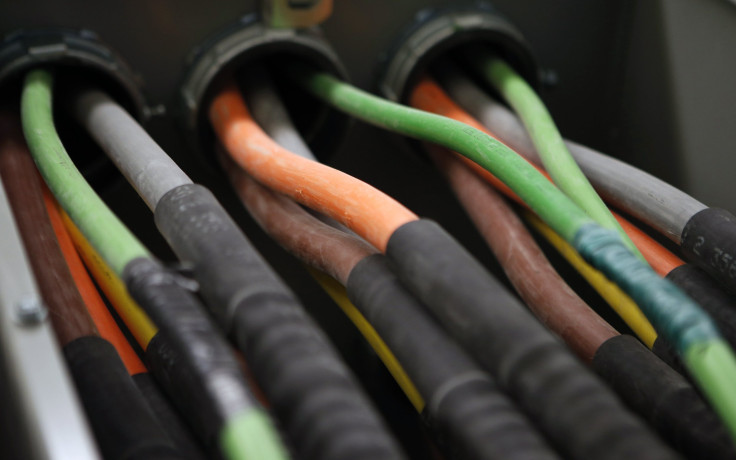How Noise-Canceling Headphone Tech Could Transform Fiber-Optic Internet Connections
Researchers have used the basic idea behind noise-canceling headphones to send data over a fiber-optic network much further and faster than thought possible. Scientists from Bell Labs used a new method to transfer data that mimics the noise cancellation technology used by headphone manufacturers to drown out the sound of a jet plane engine, and were able to send a signal at over 400 gigabits per second.
By comparison, Google's highly touted Fiber service sends 1 gigabit per second to subscribers. Four hundred gigabits per second is more than 1,000 times quicker than the fastest download speed available from Verizon FiOS’ Quantum service (which is 300 megabits per second).
The “active noise control” technology found in noise-canceling headphones works by using a microphone to pick up nearby noise and broadcasting “destructive interference” to cancel out unwanted noise. Fiber-optic connections use light, and are limited as to how far they can go based on how powerful they are. As the power of the light is increased, the amount of interfering noise increases as well, as the beam picks up on the physical imperfections of the fiber-optic cables themselves.

Xiang Liu, lead author of the study, told the BBC that sending a pair of identical light beams containing data down the tubes allows for an easily detectable “mirror image” of the noise to appear at the receiving end, where it can be easily canceled out. Using this “twin wave” method, less bandwidth is consumed with duplicate streams of data used for error correction, and therefore more packets of data can be sent at a time.
Researchers were able to transmit down a 12,800 kilometer length of cable, which is longer than the transoceanic fiber links connecting the world online. The question is: How long will telecommunications companies wait until implementing the Bell Labs research into existing networks?
© Copyright IBTimes 2024. All rights reserved.




















